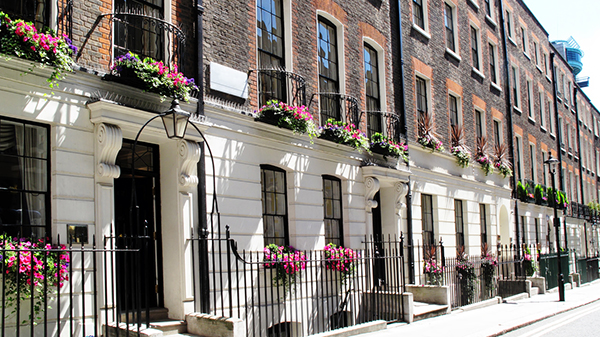The energy costs of historic preservation

Download
This research uses data from England to investigate the impact of historical preservation policies (Listed Buildings and Conservation Areas) on domestic energy consumption.
Using data from between 2006 and 2013, the research finds that as national energy prices rise, so too do household efficiency installations, for example double-glazed windows or cavity wall insulation. This leads to a reduction in energy consumption, and thus limits increases in the cost of energy bills. The research finds that these saving effects are less pronounced in Conservation Areas and areas with a high concentration of Listed Buildings, where installing energy-saving measures are typically more costly or prohibited.
The authors calculate that without preservation policies, England’s cumulative domestic energy consumption for 2006–2013 would have been 3% lower.
The authors suggest that policymakers should account for the impact of historical preservation regulations on designated buildings when designing policy that aims to induce energy savings and decrease domestic energy consumption in the UK’s housing stock.
Key points for decision-makers
- Domestic energy consumption makes up around 40% of UK emissions and 70% of domestic energy in the UK is used for space heating. It will be necessary to largely eliminate these emissions to meet targets in the UK Climate Change Act.
- Data from England from 2006–2013 shows that preservation policies (i.e. Conservation Areas and Listed Buildings) have a substantial impact on domestic energy consumption.
- This research finds that rising energy prices between 2006 and 2013 induced an increase in home energy efficiency installations and a corresponding reduction in energy consumption.
- The research finds that in Conservation Areas and areas with a high concentration of Listed Buildings, the effect of rising energy prices on decreasing energy consumption is significantly less pronounced.
- This research suggests that preservation policies in England cost around £16 billion in energy consumption by limiting energy consumption savings that could be made. Additionally the policies impose a social cost of carbon of £5.1 billion.
- This equates to £8,000 per dwelling designated as a Listed Building and £2,550 per dwelling in a Conservation Area.
- The paper additionally calculates that limiting preservation designations on buildings to 1980 – the authors hypothesise that buildings of the highest heritage value were likely already designated for protection by 1980 – would have lowered total domestic energy consumption in England by 1.3%. This amounts to a monetary saving of around £1.7 billion between 2006 and 2013 and a reduction of 8.9 million metric tonnes of CO2.
ISSN 2515-5717 (Online)

